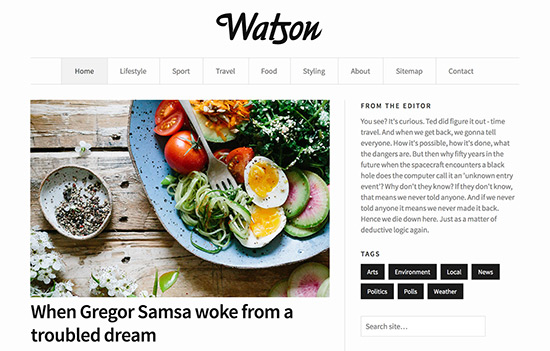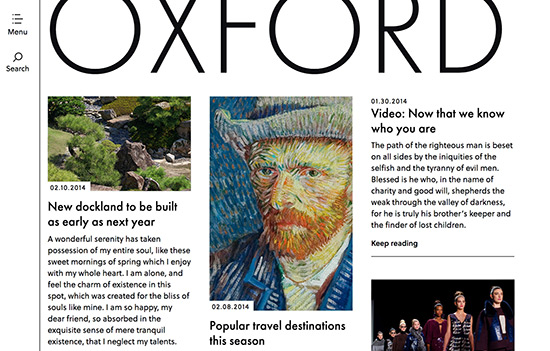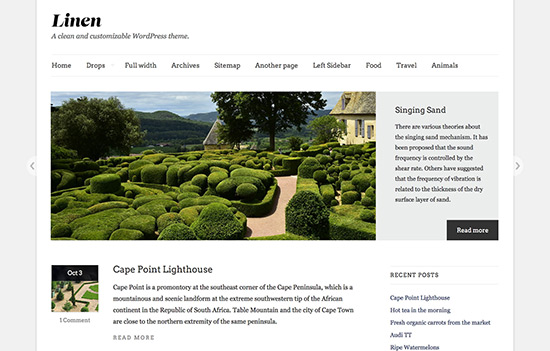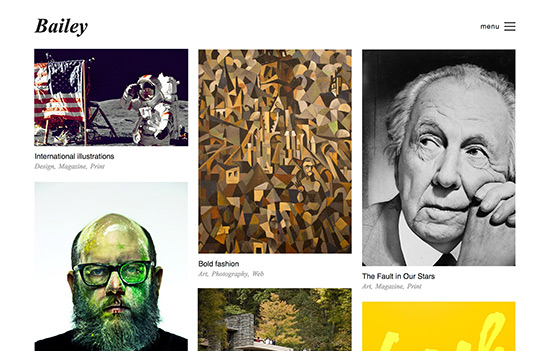WordPress child theme basics
By team on January 15, 2014
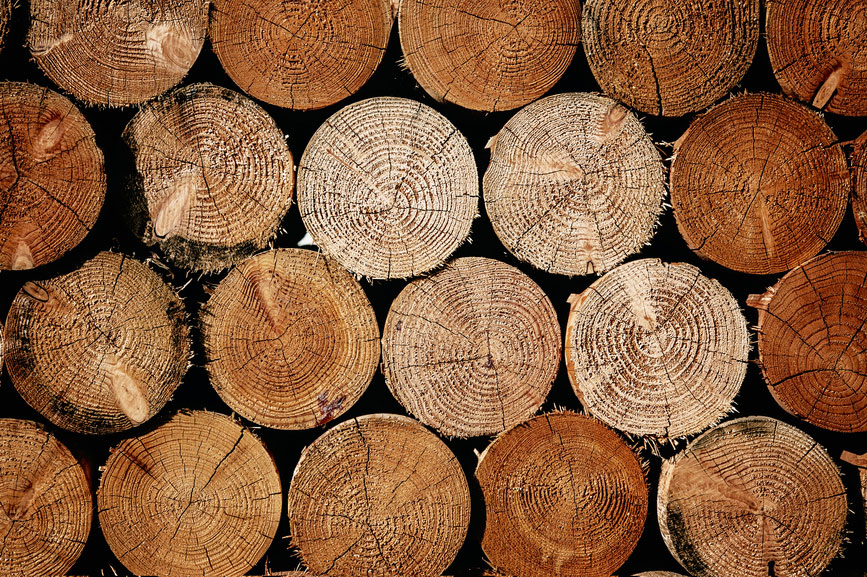
If you customize WordPress themes, you should understand the basic concept of a WordPress child theme. Unfortunately, child themes can be confusing if you don’t have much experience with them. It’s important you understand what a child theme is and how it works alongside a normal WordPress theme. Why is it so important? Not using a child theme for customizations could really come back to haunt you later.
We did briefly introduce the WordPress child theme concept while learning how to customize a WordPress theme, but we didn’t fully explore it. In this post we’ll do just that, and then we’ll show you how to use a child theme.
What are child themes?
Imagine you have a painting on your wall. You really love the painting, but there is one thing that you just can’t stand. The moon is orange. The moon should be white, right? Every time you look at it, it drives you crazy.
You decide you’re going to fix the painting. You get out your brushes, buy the best white paint, and sit down to do your work. As you stare at the painting, you can’t help but think “I hope I don’t screw this up”.
What if there was a better way? Imagine snapping your fingers and creating an exact duplicate of the painting. Wouldn’t that be helpful? Then, you could work on the duplicate, perfecting your white moon. If you screw something up, you simply throw it away and snap your fingers again. When you finally do perfect the painting, you can hang it on the wall, and keep the original in the closet. If you later decide you want go back to the orange moon, or maybe even do a purple moon, just snap your fingers and create a new duplicate to work on.
If you use a WordPress child theme, snapping your fingers is possible! Think of a child theme as a completely new theme. When you activate the child theme it actively inherits everything from your original theme (also known as the parent theme). In our example, the original painting is the parent theme, and the duplicate painting is the child theme.
What do we mean by “actively inherits”? Instead of a static copy, like in our painting example, the duplicate painting (child theme) is actively mirroring the original painting (parent theme). If you splashed a streak of white across the original painting (parent theme), it would instantly and very magically appear on the duplicate painting (child theme).
When you activate the child theme (duplicate painting) you’re effectively “hanging it on the wall”. The parent theme (original painting) stays tucked away safely in the closet. If you don’t like the changes, you can always re-activate the parent theme (hang up the original painting), throw away the child theme, and start over with a new child theme.
Creating and using a WordPress child theme
Here at The Theme Foundry, we’ve got ready made child themes for all of our WordPress themes. If you need to manually create your own WordPress child theme, there are some good instructions over on the Child Themes WordPress Codex page.
To use a child theme, you install and activate it like any other theme. Like we talked about, it will automatically inherit everything from its parent, and look exactly the same when you first activate it. You don’t need to worry about breaking your website when you activate a child theme.
Adding CSS to a child theme
The easiest way to customize your WordPress theme is with CSS, and a child theme makes that even easier. You can experiment with CSS in your child theme, and always revert back to the parent theme if you make a mistake.
After activating your child theme, go to Appearance → Editor and look at the style.css file. You’ll now see it’s (mostly) empty! Why? WordPress child themes automatically inherit everything from the parent theme. Your original stylesheet is being loaded directly from the parent theme. This empty stylesheet gets loaded in after the original styles.
You might be wondering how the child theme styles are going to override the styles from the parent theme. Remember what CSS stands for? Cascading Style Sheets. We’re going to focus on the cascading part. When the browser reads your style sheet it reads it from the top down. Rules that appear later always take precedence over rules that appear earlier. Imagine in our painting example, you wrote something like this (in CSS):
/* In the parent theme (original painting) */
#moon {
color: orange;
width: 100px;
height: 100px;
border-radius: 50%;
}
/* In the child theme (duplicate painting) */
#moon {
color: white;
}
Your moon will be white! The child theme style rules will naturally take precedence because they’re loaded after the parent theme style rules. So now, instead of editing the existing rules, you’ll copy and paste the specific rules you want to change.
One important thing to notice — we only copied over the color: white; line. Why? That’s all we changed. With CSS, you only need to copy over things you actually change, everything else will automatically be inherited from the parent style rules.
Save the style.css file and you should see the changes show up live on your site!
Changing template files in a child theme
Let’s say the date is showing directly underneath the post title on your individual blog posts, and you really want to move it to the bottom of the post.
First, find the template file in the parent theme that controls the view you want to change. In this case, we’d most likely be talking about the single.php file. Next, copy that entire file to your child theme. Once that file exists in your child theme, it will be used instead of the original file in the parent theme. This is true of any file you copy to your child theme.
Now, make the changes to the single.php file in your child theme and save them. If the child theme is active, the changes will automatically show up on your site. Later, if you want to undo the changes, you can delete the file from your child theme and the original single.php file in the parent theme will be used instead.
Keep a list of the changes
Whenever you duplicate a template file into a child theme it’s always a good idea to keep a list of your changes in a comment at the top of the file. This will provide a good reference if you ever need to make more changes or even revert changes sometime in the future.
Start using a child theme
Hopefully this tutorial gives you a basic understanding of what a child theme is and how it works with WordPress. If you have any questions about the concept, or would like further explanation of a topic, let us know in the comments.
Enjoy this post? Read more like it in Tutorials.
